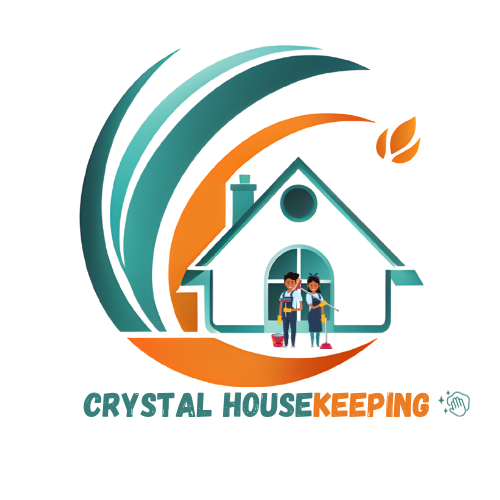The Rise of ‘Smart Cleaning’ Technology: What’s New and What’s Next in the Industry
The cleaning industry has undergone a significant transformation in recent years, with the emergence of "smart cleaning" technology. This innovative approach combines advanced technology with traditional cleaning methods to make the process more efficient, effective, and environmentally friendly. In this article, we’ll explore what’s new in the industry, what’s next, and how smart cleaning technology is changing the way we clean our homes, offices, and public spaces.
What is Smart Cleaning Technology?
Smart cleaning technology refers to the use of advanced sensors, artificial intelligence (AI), and data analytics to optimize cleaning processes. This includes the use of:
- Automation: Robotic vacuum cleaners, mops, and scrubbers that can navigate and clean complex spaces independently.
- Sensor Technology: Wi-Fi connected sensors that detect and adjust to different surface types, dust levels, and cleaning needs.
- Data Analytics: Software that analyzes cleaning schedules, usage patterns, and environmental conditions to optimize cleaning routes and frequencies.
- Artificial Intelligence (AI): Machine learning algorithms that predict and adapt to changing cleaning needs, such as detecting spills or spills.
What’s New in the Industry?
Several recent advancements have propelled the smart cleaning technology industry forward:
- Autonomous Cleaning: Robots like the Roomba and Neato are now capable of cleaning entire floors, reducing human interaction and increasing efficiency.
- Smart Mops and Dusters: Advanced sensors and AI-powered cleaning tools are now available for tasks like mopping and dusting, further streamlining the cleaning process.
- Integration with Smart Homes: Smart cleaning devices are now compatible with popular smart home systems, allowing for seamless integration and voice control.
- Cloud-Based Services: Cloud-based platforms enable remote monitoring, real-time monitoring, and access to cleaning data, making it easier to optimize cleaning schedules and resources.
What’s Next?
As the industry continues to evolve, we can expect to see:
- Increased Focus on Sustainability: With growing concerns about climate change, manufacturers will prioritize eco-friendly designs, materials, and energy-efficient operations.
- Augmented Reality (AR) Integration: AR technology will be integrated into smart cleaning devices, enabling real-time feedback and guidance on cleaning techniques and product effectiveness.
- Personalized Cleaning: With the help of AI and machine learning, cleaning devices will be able to adapt to individual preferences, allergies, and cleaning habits, providing a more tailored cleaning experience.
- Cybersecurity Measures: As smart cleaning devices become more connected, concerns around cybersecurity will increase, driving the need for robust security measures to protect user data and prevent hacking.
Conclusion
The rise of smart cleaning technology has revolutionized the way we clean, making it more efficient, effective, and environmentally friendly. As the industry continues to evolve, we can expect to see even more innovative products and services that prioritize sustainability, personalization, and efficiency. With the advent of smart cleaning technology, the future of cleaning looks brighter, cleaner, and more connected than ever before.
